Camp Robbinswold: Growing the Next Generation of Trees and Leaders
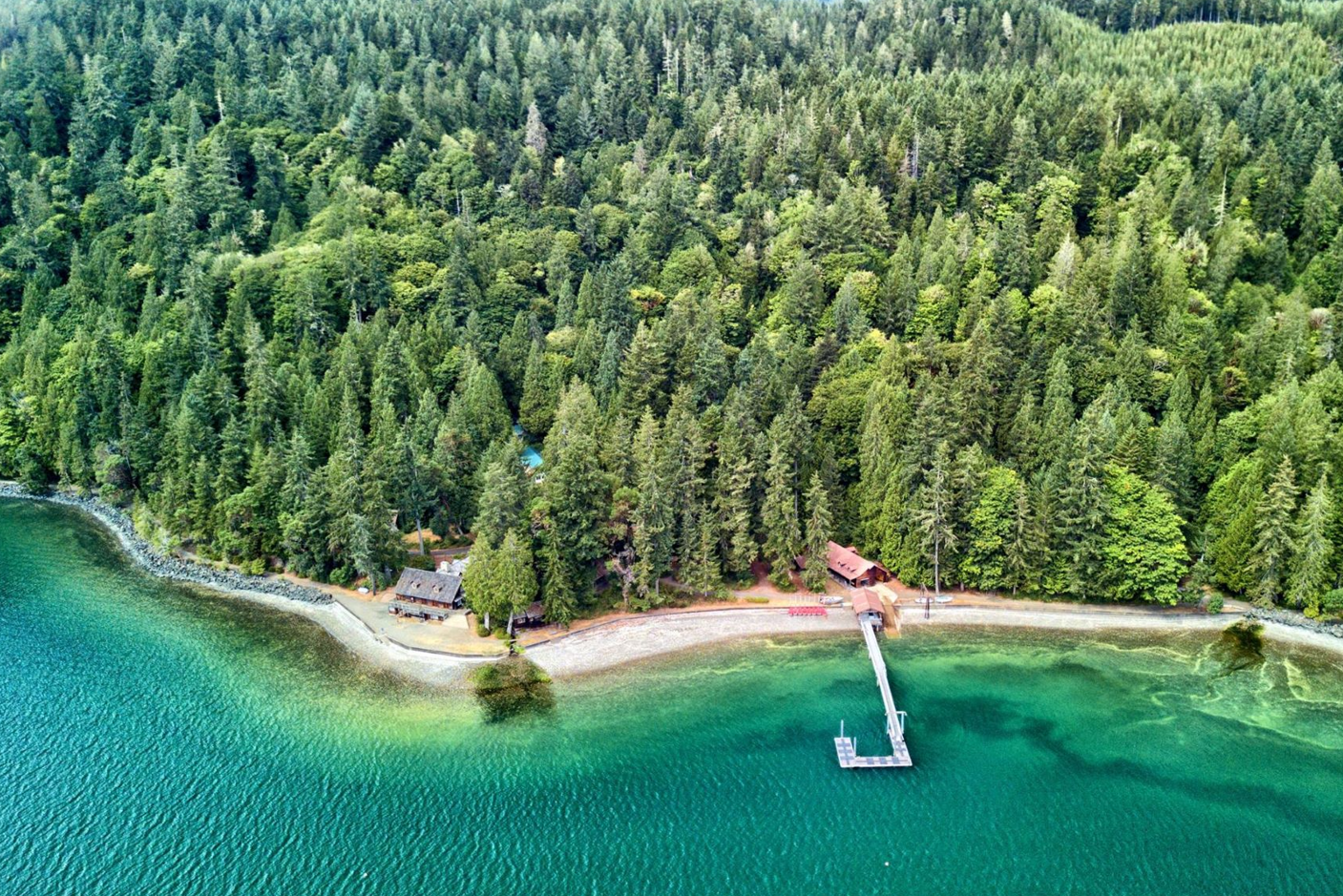
Nestled on the edge of the Olympic Peninsula about halfway down Hood Canal, Camp Robbinswold includes 570 acres of young, older, and mixed-age forest that is Forest Stewardship Council® certified through NNRG’s FSC® group certificate. The camp property includes 1.5 miles of shoreline and tidelands, a 10-acre freshwater lake, 350 acres of forest managed for sustainable timber production, and 220 acres of forest set aside for conservation.
For nearly 100 years, Camp Robbinswold has drawn campers from western Washington (and far beyond), who explore the camp’s shores and forests whilst learning leadership skills, practicing outdoor recreation basics, expanding their ecological knowledge, and making lifelong friendships.
Camp Robbinswold is the only camp owned and managed by the Girl Scouts of Western Washington that has saltwater beachfront, but that’s not all that makes this camp special. The camp’s legacy ― indeed, much of the early history of Girl Scouts of Western Washington ― is inextricably linked to forestry.
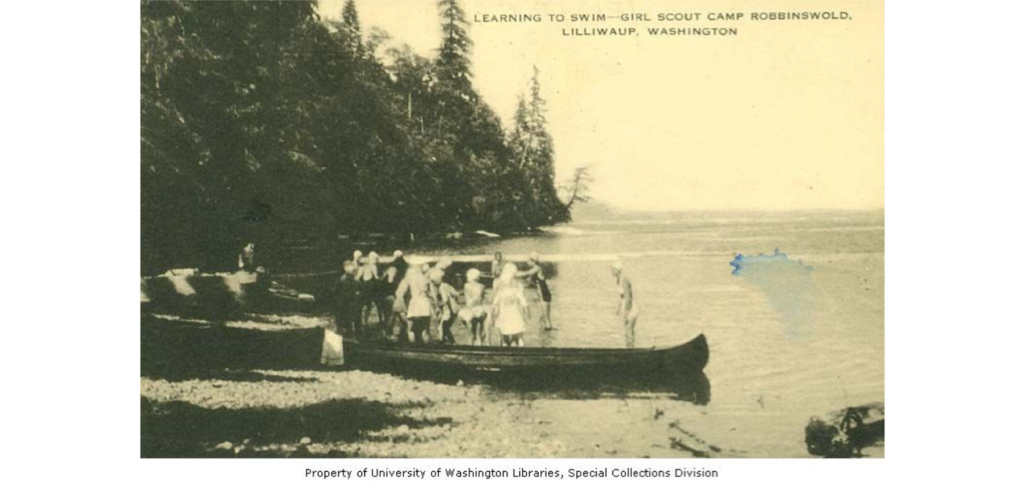
Helena Robbins and the Girl Scouts of Western Washington
When Helena and Harry Robbins moved with their five children from Minnesota to Washington in 1925, it was so Harry could begin his new job as owner and overseer of logging operations for the Hama Hama Company, then in its early days. Though it is known today more for its delicious oysters, Hama Hama got its start in western Washington as a timber company, with over 10,000 acres of forest under its management. The forest and timber arm of their business is still around today, and the company treats forestry as “a tool for protecting wildlife habitat, preventing sprawl, and sustaining families and communities for generations.”
The Robbins children sorely missed their beloved Girl Scout troop back in Minneapolis, but the Girl Scouts program was still in its infancy in the Pacific Northwest. In partnership with a local school, Helena organized a Girl Scout troop and began leading overnight camping trips on Hama Hama Company land, where they utilized a number of logging camp buildings. The program grew quickly, and Helena became the first president of Seattle/King County Girl Scouts.

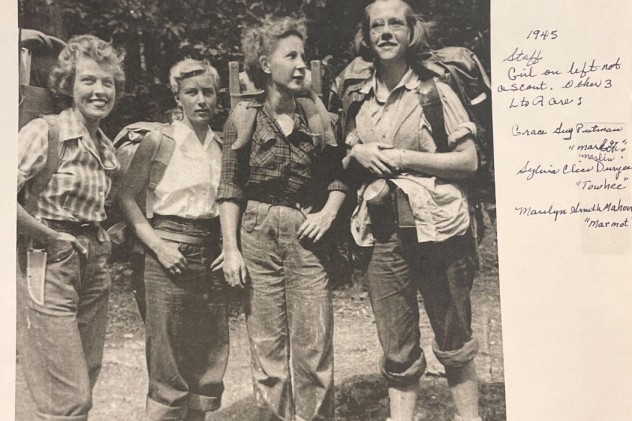
Robbinswold campers, circa 1940. Photo courtesy of Ashley Gould.
In 1935 Helena arranged for the Girl Scouts to purchase more than 400 acres of land along the Hood Canal from the Hama Hama Company, which became Camp Robbinswold.
Aside from a strip of older forest along the shoreline and on some of the property’s steeper slopes, much of the forest was clearcut in the 1920s. For the next few decades the forest reseeded itself and grew back unimpeded, and by the time Jim Messmer moved to Camp Robbinswold and took on his position as the new Site Manager in 1978, the forest was fairly dense and uniform in age and species.
In addition to handling a host of other responsibilities as site manager for Camp Robbinswold — and Property Manager for all the Girl Scouts of Western Washington camps — Jim organized the development of the camp’s first Forest Management Plan in 1978. The plan set aside over 200 acres of forest that will never be harvested or thinned, including swaths of old growth Douglas firs. It also kicked off Camp Robbinswold’s sustainable forestry program in the other 350 or so acres of forest, which continues to this day.
“The primary focus of managing forest resources at Camp Robbinswold,” according to the camp’s management plan, “is to provide a sustainable source of income for the camp, while maintaining the natural forested setting that is the essence of outdoor programs occurring on site.”
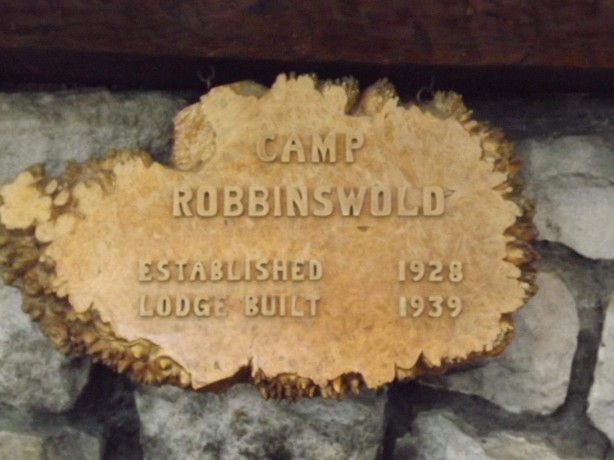
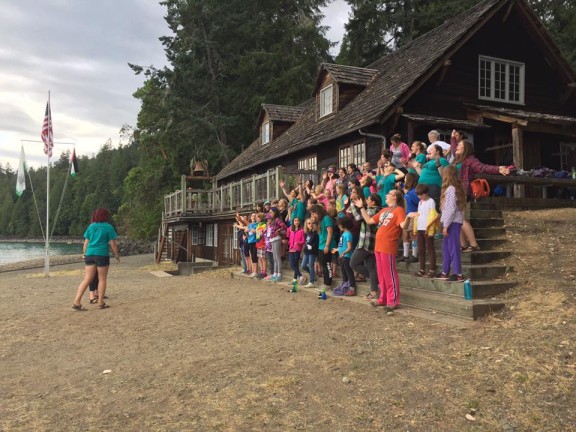
A Forestry Program that Sustains the Camp and Improves Forest Health
In addition to bringing in revenue for Camp Robbinswold’s programs, the thinnings and harvests began in the late 70’s really improved access to the farther reaches of the property. “There was very little access to the bulk of the property, at first,” recalls Jim. “There was a one-mile trail that bisected the property, and no other road or trail access. As part of the logging program we were able to open up and access many of those acres early on.”
Though improving site security was one of the initial goals of creating more road access to the far reaches of Camp Robbinswold’s forests, the harvests also improved recreation access in the forest for campers. Today the trail system through the Camp’s forest stretches over six miles — long enough for campers to really experience hiking and overnight camping, both a core part of Camp Robbinswold’s summer camp programs. Overnight camps are often set up in old log landings, and skid roads are used as hiking trails.
Under Jim’s supervision, Camp Robbinswold’s forestry program was harvesting timber using ecological forestry techniques long before NNRG entered the picture. Stands are harvested only around 75 years of age. In dense stands where trees are entering the “stem exclusion phase” — beginning to thin themselves out due to competition for sunlight, water, and nutrients — the camp conducts thinnings to remove the most suppressed trees and “release” trees of higher commercial or ecological value. Wetlands and other riparian zones are left a hefty buffer from any logging activity. The forest management plan calls for the creation of bird boxes, wildlife habitat piles, and snags (standing dead trees) to improve wildlife habitat.
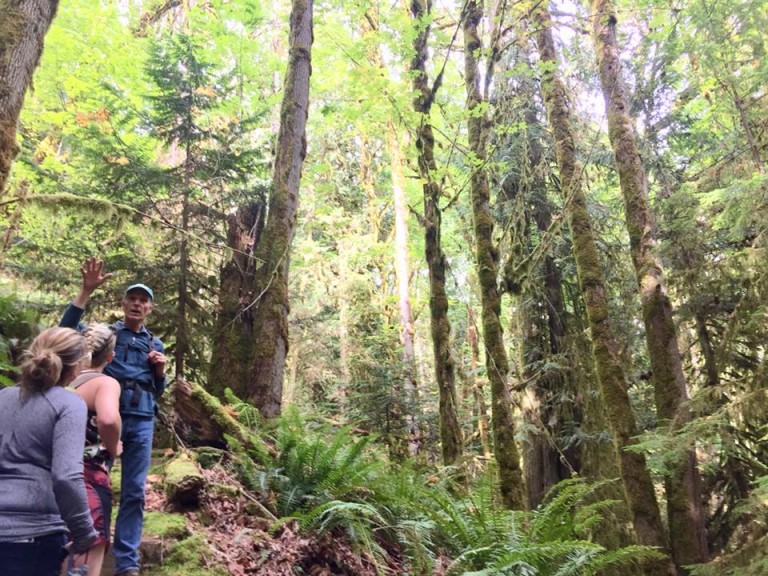
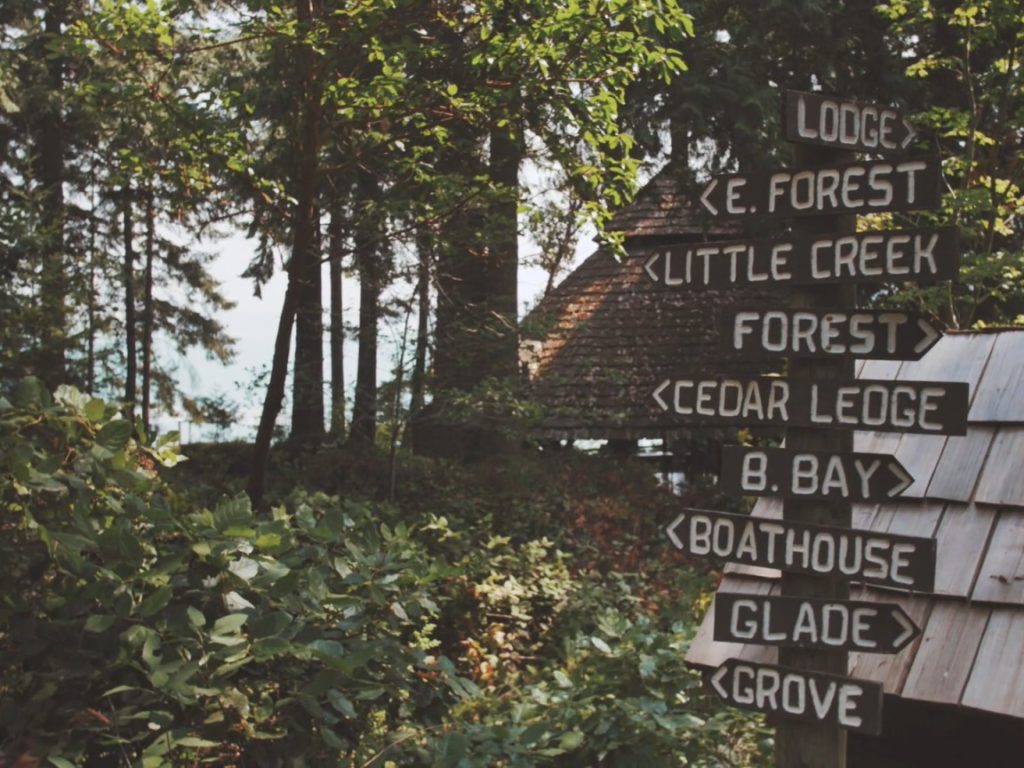
Four Decades of Living and Working in a Forest
Jim was Site Manager for and lived at Camp Robbinswold for over four decades before retiring in 2018.
“When you live and work in a forest for that long, you’re hiking all over those acres, practically on a daily basis,” says Jim. “You really get a sense of place, and you really notice changes in the landscape. But what’s interesting about living on such a large property, is you still discover new things all the time.” Case in point: Jim lived at the Camp for 20 years before stumbling one day on an aspen grove he’d never encountered before.
Over the years, Jim also learned more and more about the forest’s ecological and human history prior to settlement by Euro-Americans in the 1800s. Recently, Jim partnered with the Forest Service to research beargrass prairies on the Olympic Peninsula.
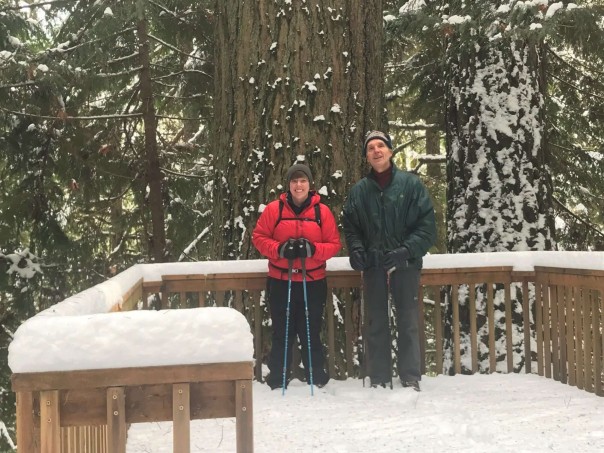
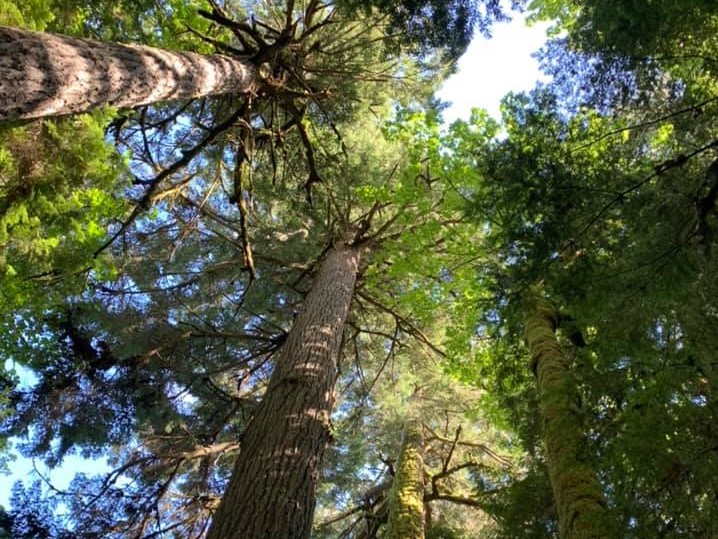
When We Cut These Woods We Hold So Dear
Jim knows Camp Robbinswold’s forests intimately, and though retired, he’s regularly back at the forest to share his knowledge with the camp’s new Property and Operations Manager, Ashley “Grizz” Gould.
“Jim recently walked us through an area in south camp that was logged 30 years ago,” says Ashley, “and he’s charging straight through the woods, pointing out trails that used to be there, places where people poached maple, interesting fungi and plants, places where he’s seen wildlife. And he’s also going over what changes we need to look out for, how often we need to be surveying the area, are there noxious weeds coming in, are we getting die-off?”
Though she just made the move with her family from Seattle to Camp Robbinswold in 2021, Ashley is no stranger to camp. A Girl Scout alum herself, Ashley is a former Robbinswold staff member and a longtime work party volunteer. In the decade or so since last working at Camp Robbinswold, Ashley’s been pursuing a career in ecology and conservation that’s taken her to King County Department of Natural Resources and Parks, the Washington Conservation Corps, and now back to Robbinswold as the camp’s first female Site Manager.
Ashley has spent the better part of a year getting to know Robbinswold from her new perspective, and she’s enthusiastic about the role and about the future of the camp. Aside from the day-to-day activities involved in making sure the camp’s buildings, docks, common spaces, and equipment are in the condition they need to be for campers, staff, and volunteers, Ashley wants to encourage more visitors to make use of the extensive forestlands available to explore.
“Anytime a new group [of visitors] comes in, I’m ready to catch them when they arrive and say, ‘Hey! Did you know there are six miles of trails up there? We have a lake!’ People don’t always know that when they first come to camp because the pull towards our saltwater beach and waterfront is so great. But it’s interesting to be able to show campers what responsible forestry looks like on a land that we want to use for outdoor recreation.”
“A lot of people don’t realize that we manage our forest to sustain our programming and facilities,” says Ashley. “So it’s helping us fund the purchase of things like kayaks, backpacking gear, and the purchase of new propane stoves for the cabin units. It also funds the maintenance of our hiking trails, hazard tree removal, and other projects necessary to keep camp running and our buildings in good repair for our program participants. Sometimes it feels difficult to cut a patch of our woods when we work so hard to steward the land and promote natural spaces for campers to recreate in, but the trade is our ability to offer opportunities for youth and young adults to develop leadership and outdoor skills, experience nature up close, live in community, and participate in adventures they might not otherwise have the chance to experience.”
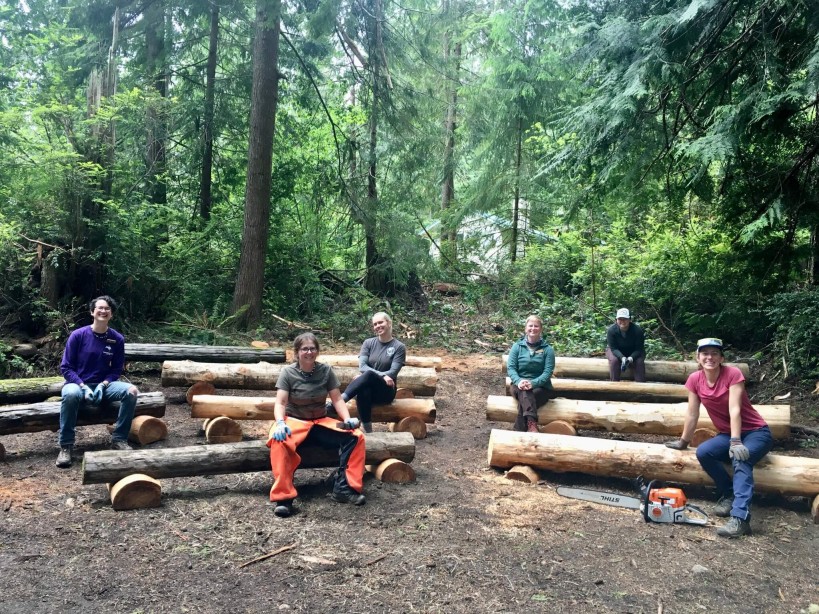
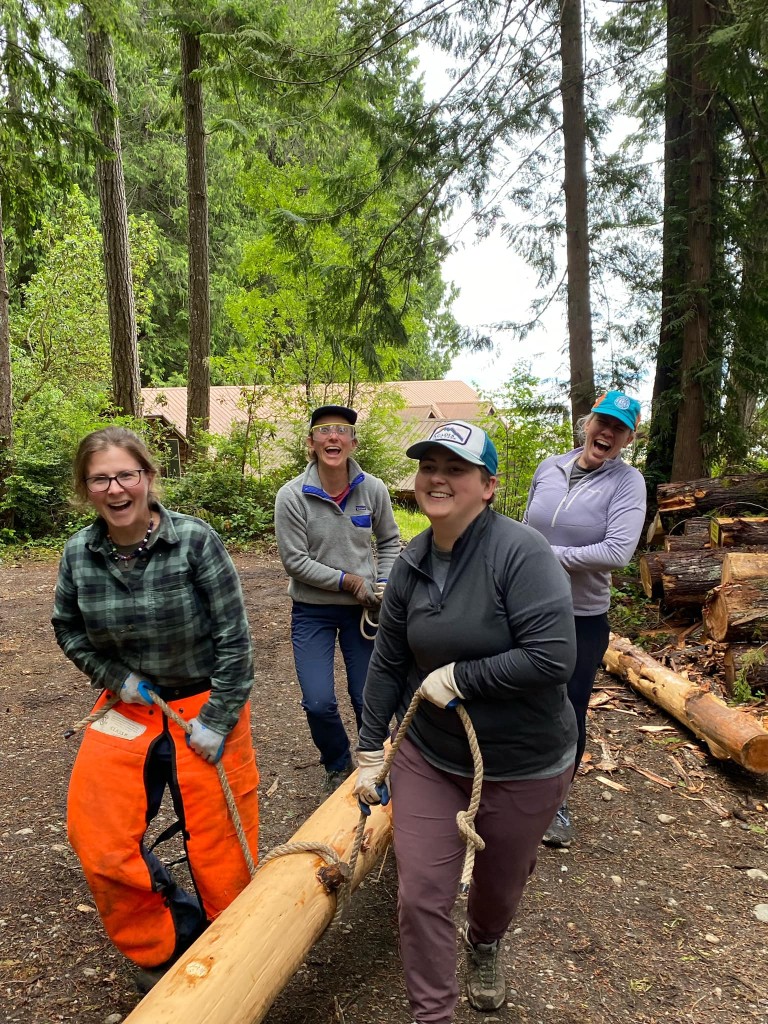
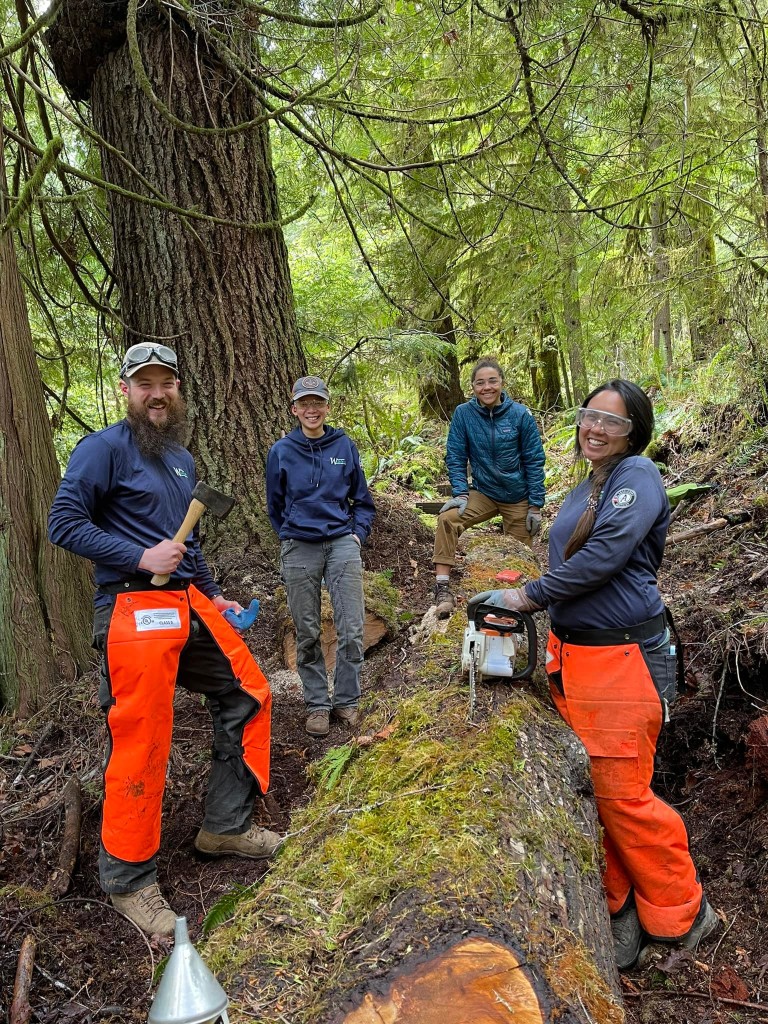
Volunteers and crew from the Washington Conservation Corps help buck and transport logs at the Camp.
Lifelong Learning
“At Robbinswold, I have found a space where it is OK to make mistakes, ask for help when I don’t know how to do something, and rely on my community for support when I need it,” wrote Ashley in an earlier article. “Throughout my time at Robbinswold, I’ve been fortunate to have met and interacted with some pretty great humans—from rambunctious Brownies to venerable characters who were Girl Scouts and campers at Robbinswold in the 1950s. I have worked under the tutelage of several skilled mentors and teachers spanning many generations of Robbinswold Girl Scouts and committed camp stewards, all devoted to ensuring the longevity of this special place.”
Listening to Jim and Ashley describe Camp Robbinswold is enough to make anyone want to trade places with the awesome youth who get to live and learn at the camp for a week or more during the summer or through weekend camping. Luckily, adult visitors also have the opportunity to experience camp through camp facility rentals at Robbinswold and five other camp properties stewarded by Girl Scouts of Western Washington. “I invite people to volunteer with Girl Scouts of Western Washington, attend our leadership training programs, and participate in our volunteer stewardship work party groups. Come experience this special place for yourself!,” says Ashley, who can be reached at agould (at) girlscoutsww.org. Find more information about Robbinswold and renting facilities from Girl Scouts of Western Washington.
https://vimeo.com/309540430
“At Robbinswold, I have found a space where it is OK to make mistakes, ask for help when I don’t know how to do something, and rely on my community for support when I need it,” wrote Ashley in an earlier article. “Throughout my time at Robbinswold, I’ve been fortunate to have met and interacted with some pretty great humans—from rambunctious Brownies to venerable characters who were Girl Scouts and campers at Robbinswold in the 1940s. I have worked under the tutelage of several skilled mentors and teachers spanning many generations of Robbinswold Girl Scouts and committed camp stewards, all devoted to ensuring the longevity of this special place.”
Listening to Jim and Ashley describe Camp Robbinswold is enough to make anyone want to trade places with the awesome youth who get to live and learn at the Camp for a week or more during the summer. Luckily, you don’t have to be a Girl Scout to visit! During certain times of the year, adult visitors can rent cabins at the camp and explore the ground just like the campers. “I invite people to get in contact with me if they want to experience this magical place,” says Ashley, who can be reached at AGould (at) girlscoutsww.org. More information about renting the camp is available here.

Leave a Reply